Kenrokuen Garden

Kenrokuen is a gorgeous and expansive park-like garden in the center of Kanazawa and it is the city’s major attraction. Extending over almost 25 acres, it was once the outer garden of Kanazawa Castle, but was opened to the public in 1874. Kenrokuen is considered one of the Three Great Gardens of Japan. Here you will find colorful seasonal floral displays, streams, ponds, and waterfalls, stone lanterns, and historical tea houses. Read more
Kanazawa Castle and Kanazawa Castle Park
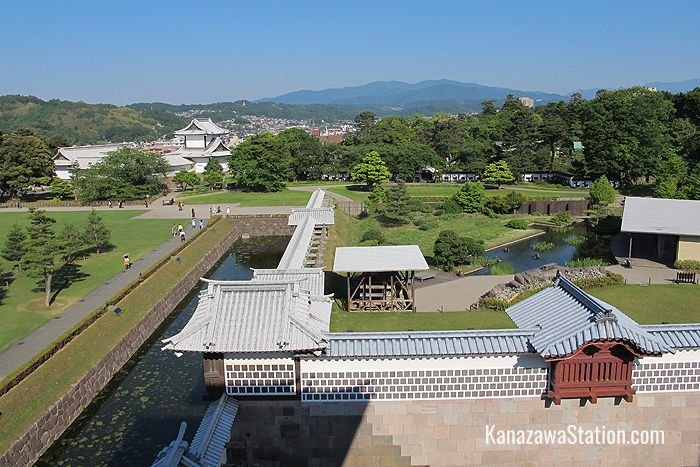
Kanazawa Castle stands in substantial park grounds in the center of Kanazawa City, and is just across the road from Kanazawa’s other big attraction, Kenrokuen Garden. The castle has played a central role in Kanazawa’s history and though once neglected, it has been extensively rebuilt and renovated in recent years. Read more
Visit our article Where to Stay in Kanazawa for a list of the best places to stay.
21st Century Museum of Contemporary Art
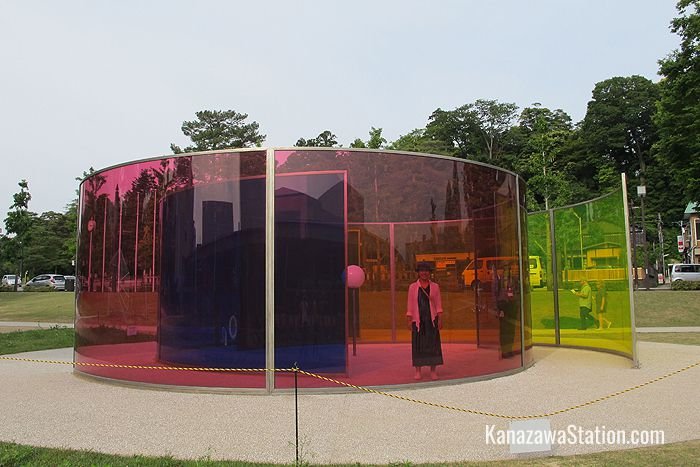
The 21st Century Museum of Contemporary Art is an innovative facility in central Kanazawa which houses several galleries of modern art as well as a library, café, and communal learning spaces. The building itself is celebrated for its unique exterior design and internal layout, and is now one of Kanazawa’s most popular tourist attractions. Read more
Nomura Samurai House & Garden
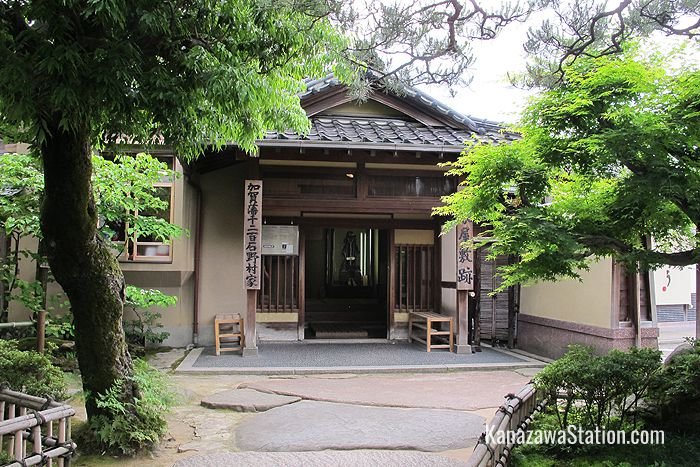
Nomura Samurai House is an historic home and garden in Nagamachi, a very well preserved district to the west of Kanazawa Castle. Nagamachi was formerly the area where the samurai of Kanazawa lived with their families. Read more
The Nagamachi Samurai District
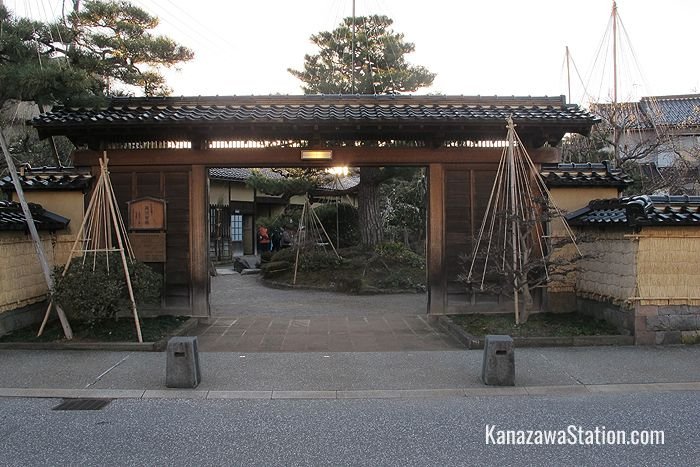
Nagamachi is a beautifully preserved historic area of Kanazawa that was once the residential district for the city’s samurai. It is a lovely area of canals and stone-flagged winding lanes that run between tile-topped earthern walls. Some of the former samurai houses and their gardens are also open for public viewing. Read more
The Higashi Chaya-gai Geisha District
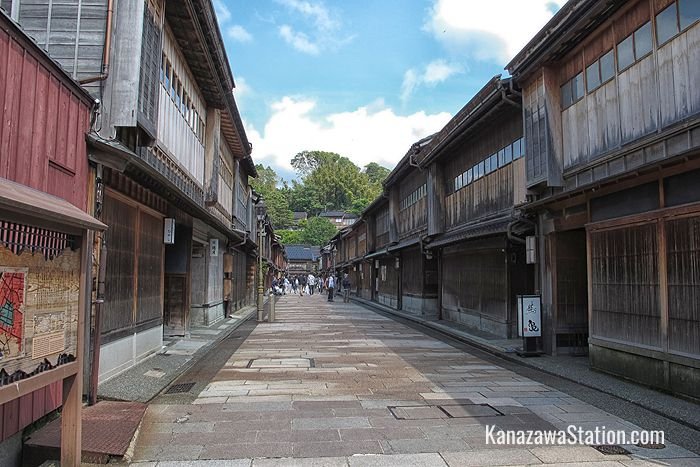
Higashi Chaya-gai is a beautifully preserved historical area of Kanazawa with many traditional wooden buildings. This area was established in 1820 as an entertainment district for rich merchants and nobility. The name Higashi Chaya-gai literally means “Eastern Teahouse District,” because the chaya, or teahouses, were where wealthy customers would be entertained by geisha with traditional music, dancing, and drinking games. Many of these buildings have today been converted into restaurants or souvenir craft shops, but there are two geisha teahouses that are open to the public during the day. Read more
Kanazawa Noh Museum
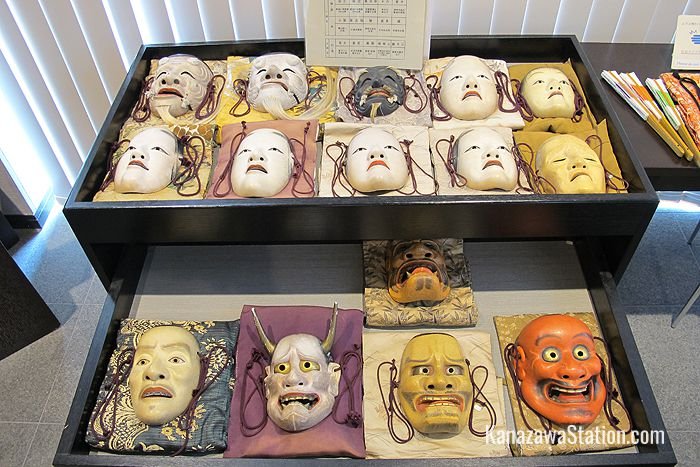
The Kanazawa Noh Museum is just one small museum among many in the city’s central museum district, but it is well worth a visit for its friendly and entertaining approach to Japan’s oldest style of classical theater. Read more
The D. T. Suzuki Museum
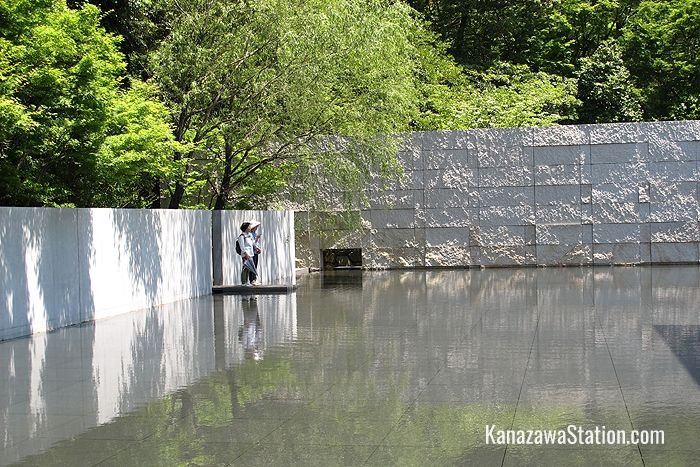
The D. T. Suzuki Museum was opened in 2011 to commemorate and celebrate the life and work of Suzuki Daisetz Teitaro (1870-1966) an important Japanese Zen philosopher who was born in Kanazawa. The museum is not only a place to learn about Suzuki’s life and thinking, but in its structure it puts Zen thought into practice and there is a special area where visitors can sit quietly and meditate. Read more
Ishikawa Prefectural Museum of Art
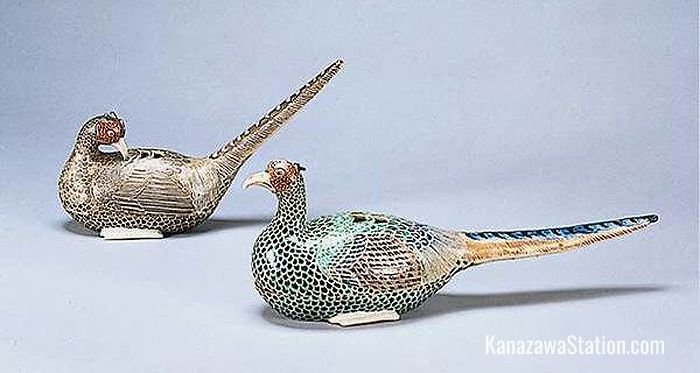
Ishikawa Prefectural Museum of Art (also called IPMA) was founded in 1959 and holds a fine art and crafts collection which includes many local cultural assets as well as many works by local artists and craftsmen. The collection spans five centuries and includes antiques from the Maeda family collection as well as modern works of art from the 20th century. Read more
Seison-kaku Villa in Kenrokuen Garden
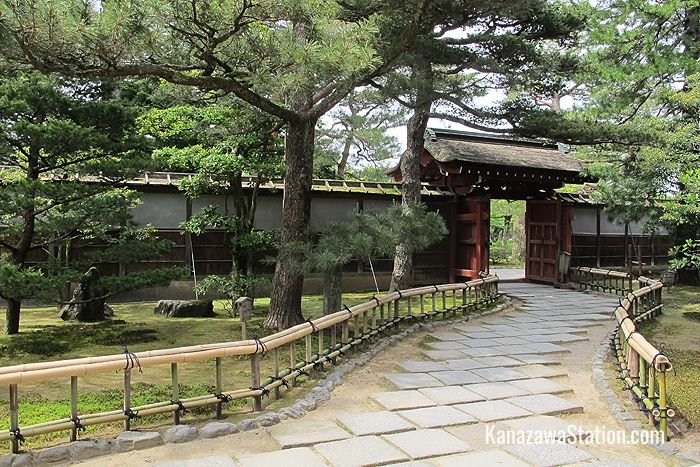
Stand outside the Seison-kaku villa for just a few moments and you will see sightseers stop for a moment, have a look through the gate, take a look at the entrance fee on the sign outside and then walk away. Maybe they think the outside of the building doesn’t look so impressive, or that 700 yen is too expensive. They are making a big mistake. Viewing the gorgeous interior and garden of the Seison-kaku villa is one of the highlights of a visit to Kanazawa and it is totally worth the cost. Read more
Myoryuji – The Ninja Temple
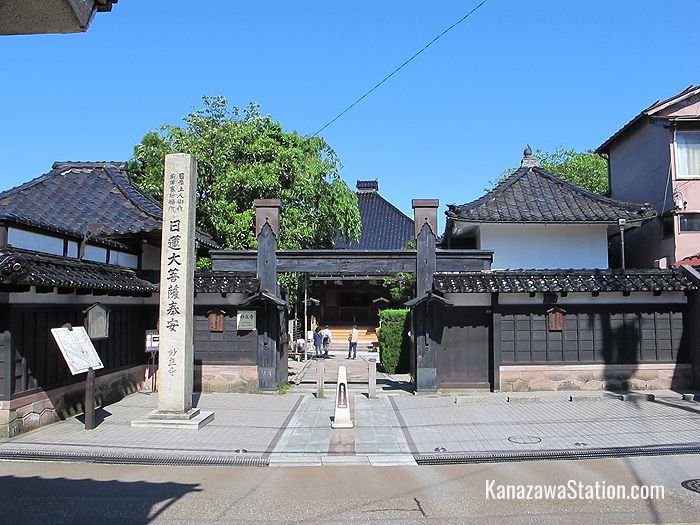
Myoruji Temple is often called “the Ninja Temple” because of its many trap doors and secret passageways. Actually, the temple has no connection with the historical ninja who were spies and assassins. However, its unique architecture and history makes it a fascinating location to visit. Read more
Ohi Pottery Museum and Gallery
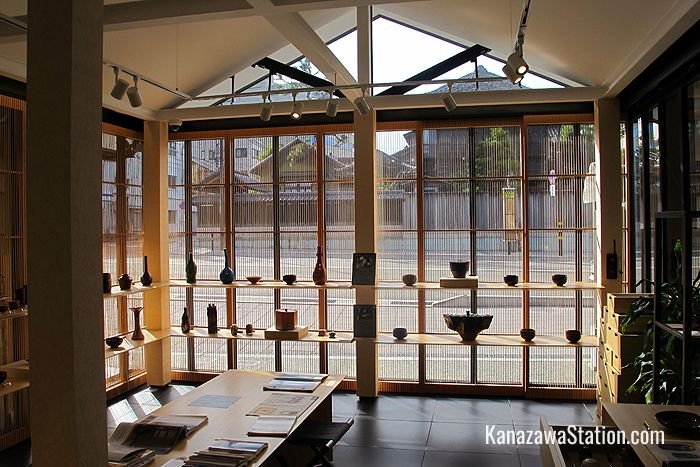
Ohi Pottery is a very specific type of pottery that has been made by one family in Kanazawa for 350 years. The Ohi Pottery Museum and Gallery is housed in their old family residence and provides an excellent introduction to this local ceramic tradition. Read more
Daijoji Temple
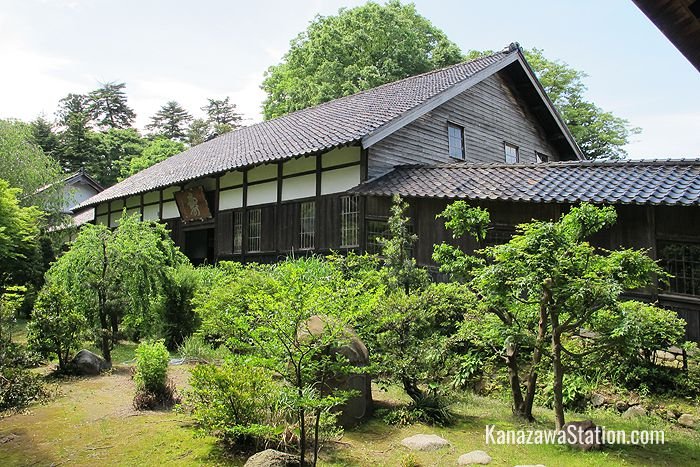
Daijoji is a 700 year old temple and monastery nestled in the forested hills in southern Kanazawa. The historic temple is registered as an Important National Cultural Asset and though a little far from the city center, it is worth visiting to experience the peace and tranquility of its grounds. The temple also encourages both local people and foreign visitors to join in its meditation practice, with a special meditation event held every Sunday for anyone who wishes to join. Read more
Oyama Jinja Shrine
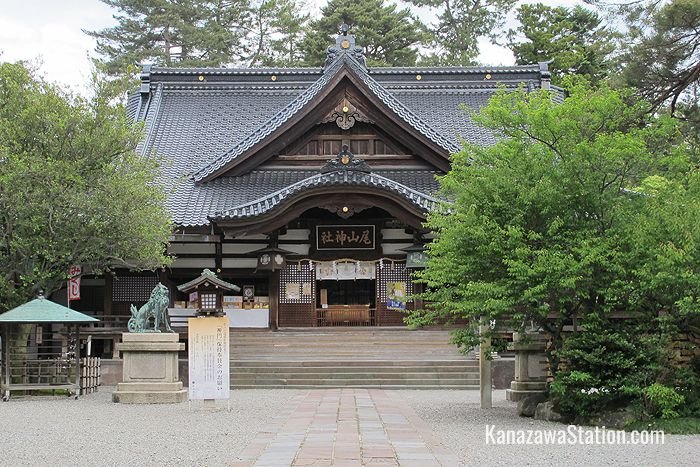
Oyama Jinja Shrine was originally established in the Utatsuyama area of Kanazawa in 1599. At that time it was called Utatsu Hachimangu Shrine. It was moved to its current location in 1873 and renamed Oyama Jinja. The shrine is dedicated to the spirits of Lord Toshiie Maeda and his wife Omatsu. Read more
Kanazawa Shinise Memorial Hall
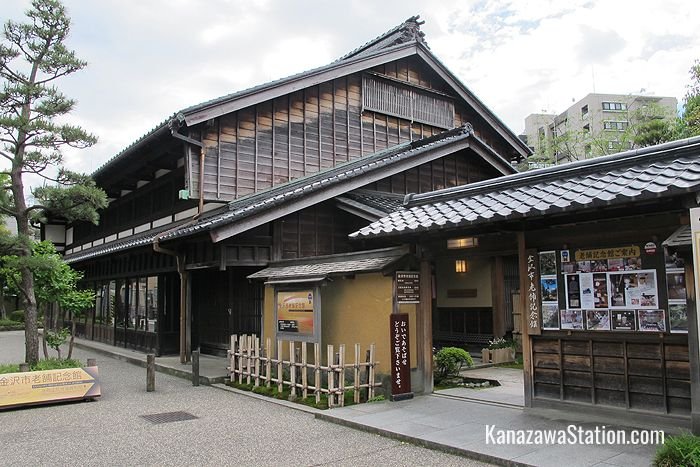
Kanazawa Shinise Memorial Hall (also called the Shinise Kinenkan in Japanese) is a historical wooden townhouse that was donated to the city in 1987 to be used as a museum. The museum is dedicated to exhibiting the traditional lifestyle and culture of Kanazawa’s citizens. Inside you can view an old style shop space, living quarters, a tea room, an attractive traditional garden and also some local handicrafts. Read more
Ochaya Shima Geisha House
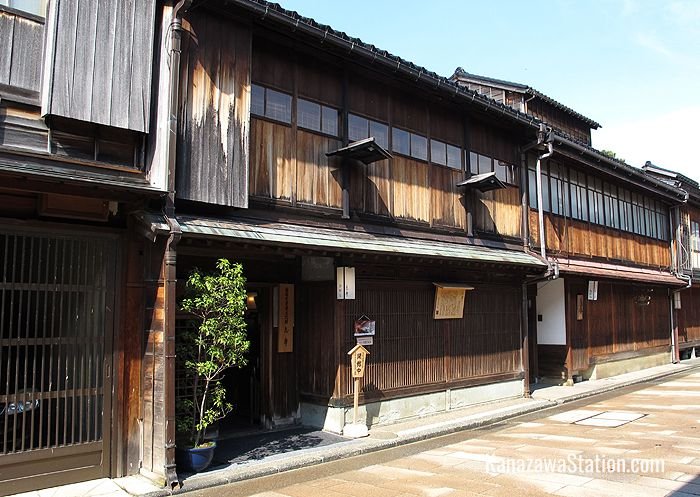
Ochaya Shima is a historical geisha house in the Higashi Chaya-gai district of Kanazawa. The building is now a museum and gives visitors a look at the life of the geisha who once entertained here. Many of the former geisha houses in this area have been converted into guest houses or restaurants. However, this house is dedicated to preserving and exhibiting memories of the past and is now a nationally designated Important Cultural Asset. Read more
Kaikaro Geisha Teahouse
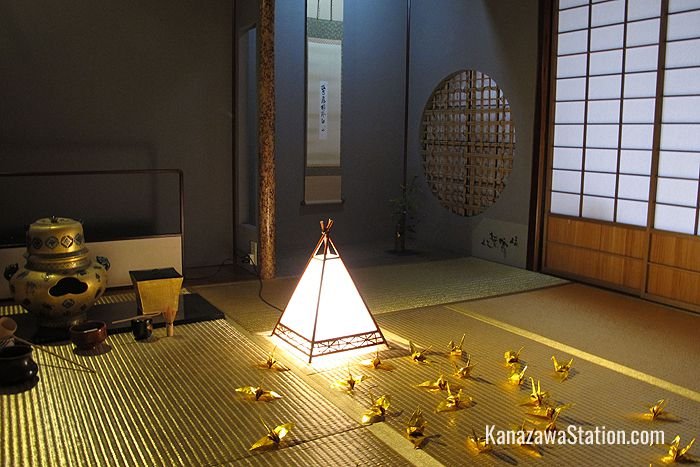
Kaikaro is a historic chaya or teahouse in the Higashi Chaya-gai district that still functions as a working house of geisha entertainment today. In the evenings this exclusive teahouse receives wealthy patrons by invitation only. However, during the day it is open for the general public to come inside and have a glimpse of the traditional refined beauty of the geisha world. Read more
Kanazawa Phonograph Museum
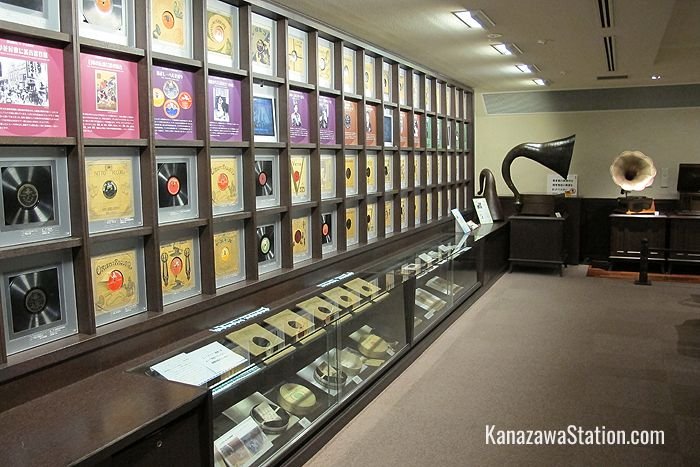
The Kanazawa Phonograph Museum is a unique and rather charming institution that holds and displays a significant collection of antique phonographs (also called gramophones) and SP (standard play) records. There are three floors of exhibits that trace the complete history of the phonograph from Thomas Edison’s first successful experiments in recording and playing back sound in 1877. The phonographs are well cared for, beautiful to look at, and the sound quality is impressive too. Read more
Kurando Terashima’s House
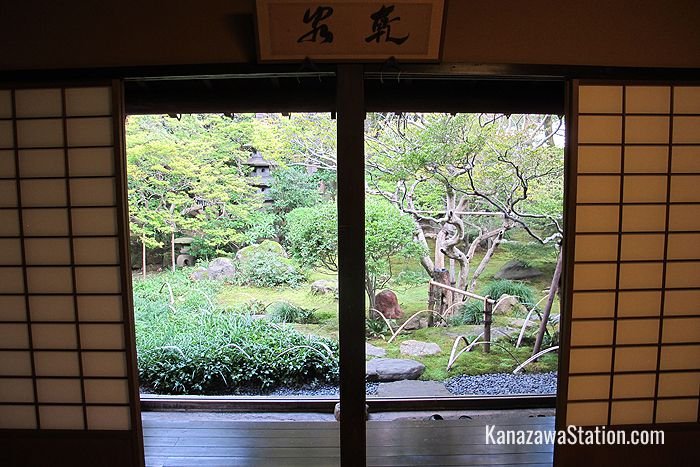
Kurando Terashima, who lived from 1777 to 1837, was a middle class samurai retainer to the ruling Maeda family. Since 1974 his house and garden have been preserved as an important cultural property of the city and they are open to the public as a museum. This beautiful building provides a rare glimpse into the elegant home life of Kanazawa samurai families in the late 18th and early 19th centuries. You will find the wooden house on a quiet back street surrounded by high earthern walls. Once inside you will feel like you have stepped back in time. Read more
Yanagi Sori Design Memorial
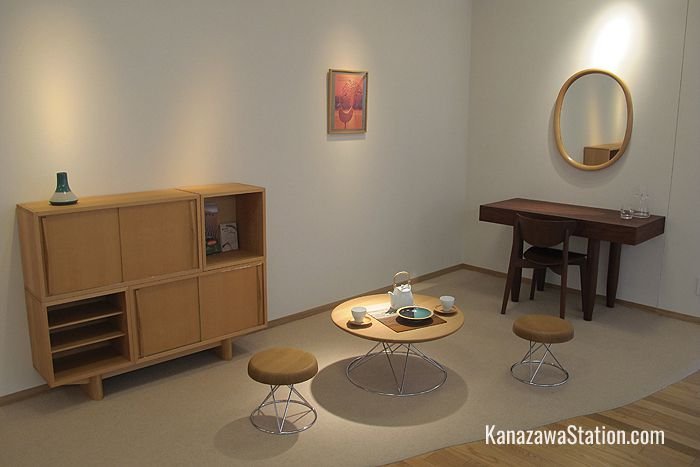
The Yanagi Sori Design Memorial is a small museum affiliated with Kanazawa College of Art that houses an interesting collection of the celebrated designer’s works and design materials. It is an eye-opening collection that reveals the deep consideration and artistry behind the design of seemingly simple household products that we use every day. Read more
Ishikawa Ongakudo Music & Performance Hall
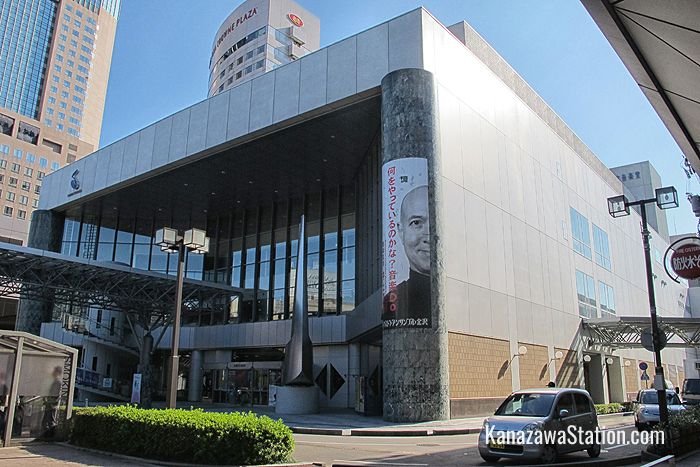
Ishikawa Ongakudo is a music hall and performance center which is located right outside Kanazawa Station’s east exit. The building has two main performance halls: the Concert Hall and the Hogaku Hall. The Concert Hall is used for classical music concerts and staged theater productions. The Hogaku Hall is used for traditional Japanese music performances, kabuki theater productions, rakugo comedies, and bunraku puppet theater. Read more
Ishikawa Prefectural Museum of History & the Kaga-Honda Museum
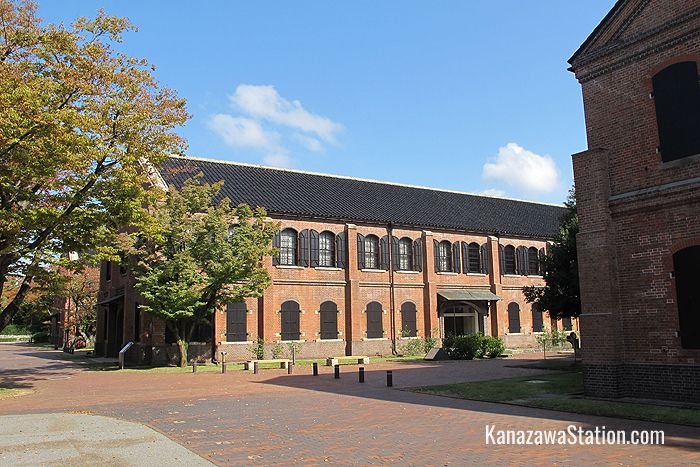
In Kanazawa’s Honda-no-Mori Park are two connected museums that are good value for both history enthusiasts and for families with small children. These are the Ishikawa Prefectural Museum of History and the Kaga-Honda Museum. Read more
Ishikawa Prefectural Noh Theatre
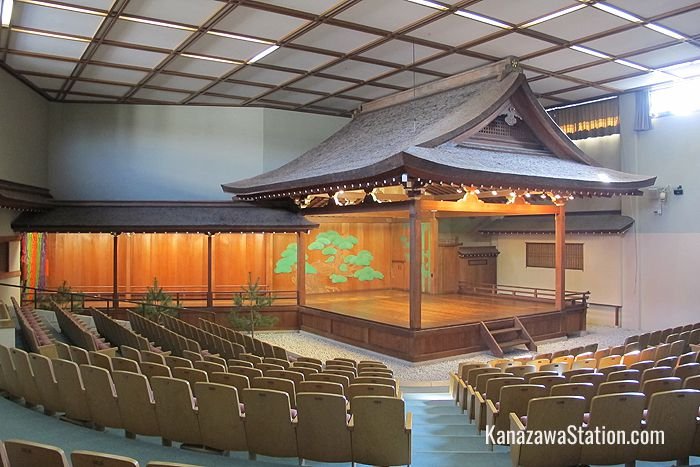
Noh drama is a classical form of Japanese theatre that is marked by heavily stylized performances, hypnotic music, and richly ornamented costumes. Ishikawa Prefectural Noh Theatre is located in the center of Kanazawa and has regularly scheduled weekend performances throughout the year. Read more
Tentokuin Temple
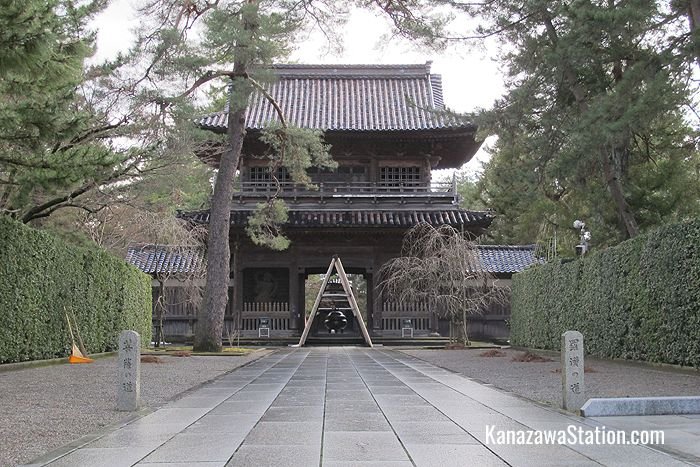
Tentokuin is a very special Soto Zen temple in Kanazawa with beautiful interiors, mechanical dolls and a rather romantic history. Read more
